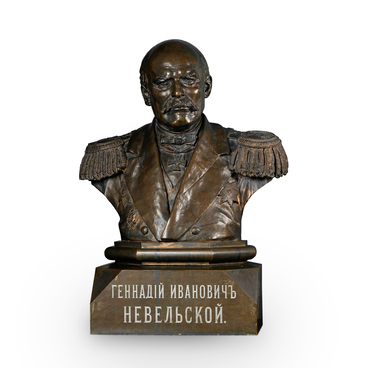The exhibition of the Vladimir Arseniev Museum of Far East History displays a tambourine, one of the main shamanic paraphernalia.
Like all the shaman’s accessories, the tambourine (“sama ungtu”) is considered a sacred object. The secrets of its creation have been passed down from generation to generation. The Udege shaman’s tambourine was pear-shaped and had a narrow rim. The 25-millimeter-wide rim was made of yew wood and had up to three grooves. Inside the tambourine, on each side of the rim, iron brackets with metal objects strung on them were attached. The membrane of the tambourine was usually made of the skin of a roe deer or a deer cub, and, in rare cases, from a fish swim bladder or an animal’s bladder. It is noteworthy that when a shaman died, all his personal belongings, including ritual objects, were buried with him, while the membrane of the tambourine was broken, because it was believed to represent the center of the shaman’s energy.
The shaman played an extremely important role in communicating with spirits. Not only did he help successful trade, cured diseases, but also escorted the souls of the dead to the underworld, protected the souls of infants, thus protecting the clan. He was a fortune teller, a doctor, and even a psychologist. People came to him to treat their body and soul, to seek advice and predictions. In fact, this man in the tribe was the arbiter of destinies.
The tambourine was used in
kamlaniye — entering a trance state to meet the spirits. The Udege people
believed in countless spirits living in the surrounding world. The great
Russian traveler and explorer of the Far East Vladimir Klavdievich Arseniev
wrote,



